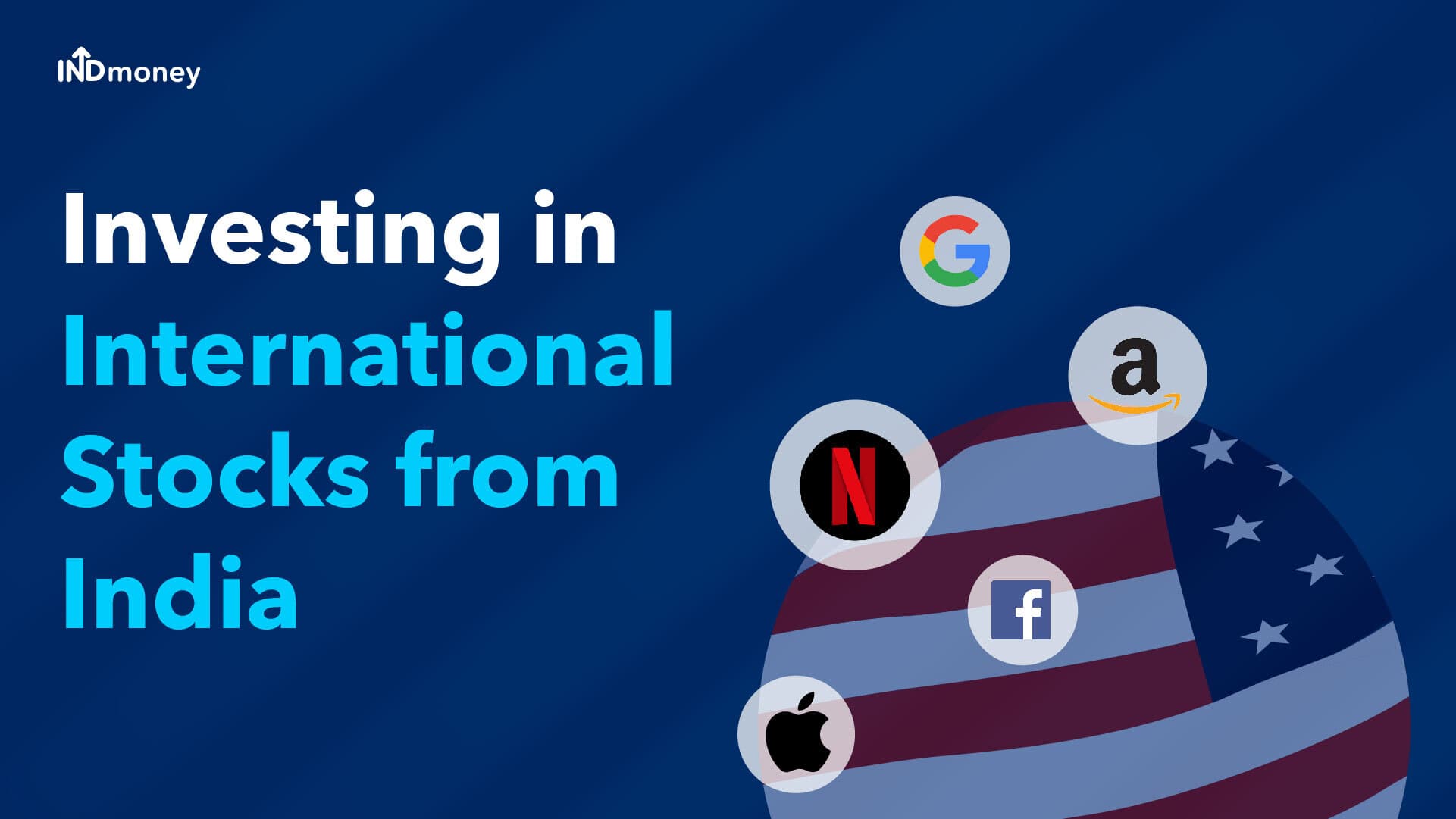
You need to be aware of the risks and benefits associated with each bond investment strategy before you choose to implement it. This article will address the Risk of Interest rate and Reinvestment, Tax efficiency, and the Ladder Strategy. These strategies are designed for you to avoid common pitfalls as well as maximize your return. Read on for more information. The following strategies are recommended for beginners. However, you can combine different strategies into one portfolio if you have a particular goal.
Interest rate risk
When investing in bonds, investors need to be aware of the potential risks involved with interest rate risk. Bonds are a safe haven investment but, like stocks, they are also susceptible to changes in interest rates. For example, if interest rates were to rise by 2% tomorrow, the price of a 10-year Treasury would decrease by 15%. A 30-year Treasury with a rate of interest equal to 2% would be worth 26% less if it rose by the same amount.

Reinvestment risk
Reinvestment risk is a risk that investors must be aware of when investing in bonds. Reinvestment is when an issuer calls off a bond before it matures to issue a new coupon. A holder of a 10% bond would receive the principal back but must find other investment options to replace it. Although most commonly associated with bond investing, the term "reinvestment risk" can be used to describe any investment that generates cash flow.
Tax efficiencies
Diverse asset classes are a great way to diversify your retirement portfolio. The lower your interest rate, the better your investments will be in tax terms. Tax rates for short-term bonds are lower than those for longer-term bonds, while high-quality bonds can also be tax-efficient. You can also make asset location decisions based on tax efficiencies. Here are the most frequently used tax shelters available for bonds. These are important considerations to consider when selecting investment funds.
Ladder strategy
The Ladder strategy in bond investing can be a good way of diversifying your portfolio. Staggered maturities are a great way to get the most out of the current interest rate environment, while also reducing cash flow risks associated with credit risk. For investors looking for predictable income, bonds at different levels on the ladder can offer different degrees credit risk. It is important to ensure that the bonds you buy do not have any call features. If you call them, they will not earn any interest.

Cash flow matching
Cash flow matching can be a type investment strategy. Clients choose bonds with a given face value to hold until maturity. Cash inflows are generated to meet future liabilities. This strategy requires a long-term plan. This strategy can be implemented by consulting an advisor who will help you create a plan that is tailored to your risk tolerance and goals. For more information, please read the following.
FAQ
What is the difference between stock market and securities market?
The securities market refers to the entire set of companies listed on an exchange for trading shares. This includes stocks, bonds, options, futures contracts, and other financial instruments. Stock markets are usually divided into two categories: primary and secondary. Stock markets that are primary include large exchanges like the NYSE and NASDAQ. Secondary stock exchanges are smaller ones where investors can trade privately. These include OTC Bulletin Board Over-the-Counter and Pink Sheets as well as the Nasdaq smallCap Market.
Stock markets are important because it allows people to buy and sell shares in businesses. The value of shares depends on their price. A company issues new shares to the public whenever it goes public. Dividends are received by investors who purchase newly issued shares. Dividends refer to payments made by corporations for shareholders.
Stock markets serve not only as a place for buyers or sellers but also as a tool for corporate governance. Boards of directors are elected by shareholders to oversee management. They ensure managers adhere to ethical business practices. If a board fails in this function, the government might step in to replace the board.
What is a Stock Exchange?
Stock exchanges are where companies can sell shares of their company. This allows investors and others to buy shares in the company. The market sets the price of the share. The market usually determines the price of the share based on what people will pay for it.
Stock exchanges also help companies raise money from investors. Investors are willing to invest capital in order for companies to grow. They buy shares in the company. Companies use their funds to fund projects and expand their business.
There are many kinds of shares that can be traded on a stock exchange. Some are known simply as ordinary shares. These are the most commonly traded shares. These shares can be bought and sold on the open market. Prices for shares are determined by supply/demand.
There are also preferred shares and debt securities. Preferred shares are given priority over other shares when dividends are paid. These bonds are issued by the company and must be repaid.
How can I find a great investment company?
You want one that has competitive fees, good management, and a broad portfolio. Fees are typically charged based on the type of security held in your account. Some companies don't charge fees to hold cash, while others charge a flat annual fee regardless of the amount that you deposit. Some companies charge a percentage from your total assets.
Also, find out about their past performance records. You might not choose a company with a poor track-record. Avoid low net asset value and volatile NAV companies.
Finally, it is important to review their investment philosophy. An investment company should be willing to take risks in order to achieve higher returns. If they are not willing to take on risks, they might not be able achieve your expectations.
Who can trade on the stock market?
Everyone. However, not everyone is equal in this world. Some have greater skills and knowledge than others. So they should be rewarded.
But other factors determine whether someone succeeds or fails in trading stocks. If you don’t have the ability to read financial reports, it will be difficult to make decisions.
These reports are not for you unless you know how to interpret them. Understanding the significance of each number is essential. It is important to be able correctly interpret numbers.
This will allow you to identify trends and patterns in data. This will help to determine when you should buy or sell shares.
And if you're lucky enough, you might become rich from doing this.
How does the stock exchange work?
You are purchasing ownership rights to a portion of the company when you purchase a share of stock. Shareholders have certain rights in the company. A shareholder can vote on major decisions and policies. The company can be sued for damages. And he/she can sue the company for breach of contract.
A company cannot issue any more shares than its total assets, minus liabilities. It's called 'capital adequacy.'
A company with a high ratio of capital adequacy is considered safe. Companies with low ratios are risky investments.
What is the distinction between marketable and not-marketable securities
Non-marketable securities are less liquid, have lower trading volumes and incur higher transaction costs. Marketable securities can be traded on exchanges. They have more liquidity and trade volume. Because they trade 24/7, they offer better price discovery and liquidity. However, there are many exceptions to this rule. For instance, mutual funds may not be traded on public markets because they are only accessible to institutional investors.
Marketable securities are less risky than those that are not marketable. They usually have lower yields and require larger initial capital deposits. Marketable securities can be more secure and simpler to deal with than those that are not marketable.
A bond issued by large corporations has a higher likelihood of being repaid than one issued by small businesses. This is because the former may have a strong balance sheet, while the latter might not.
Investment companies prefer to hold marketable securities because they can earn higher portfolio returns.
Why is a stock called security?
Security is an investment instrument that's value depends on another company. It may be issued by a corporation (e.g., shares), government (e.g., bonds), or other entity (e.g., preferred stocks). The issuer promises to pay dividends and repay debt obligations to creditors. Investors may also be entitled to capital return if the value of the underlying asset falls.
What's the role of the Securities and Exchange Commission (SEC)?
Securities exchanges, broker-dealers and investment companies are all regulated by the SEC. It enforces federal securities laws.
Statistics
- The S&P 500 has grown about 10.5% per year since its establishment in the 1920s. (investopedia.com)
- Ratchet down that 10% if you don't yet have a healthy emergency fund and 10% to 15% of your income funneled into a retirement savings account. (nerdwallet.com)
- Individuals with very limited financial experience are either terrified by horror stories of average investors losing 50% of their portfolio value or are beguiled by "hot tips" that bear the promise of huge rewards but seldom pay off. (investopedia.com)
- Even if you find talent for trading stocks, allocating more than 10% of your portfolio to an individual stock can expose your savings to too much volatility. (nerdwallet.com)
External Links
How To
How to Trade Stock Markets
Stock trading is a process of buying and selling stocks, bonds, commodities, currencies, derivatives, etc. Trading is French for traiteur. This means that one buys and sellers. Traders buy and sell securities in order to make money through the difference between what they pay and what they receive. This type of investment is the oldest.
There are many options for investing in the stock market. There are three types of investing: active (passive), and hybrid (active). Passive investors only watch their investments grow. Actively traded investors seek out winning companies and make money from them. Hybrid investors take a mix of both these approaches.
Passive investing is done through index funds that track broad indices like the S&P 500 or Dow Jones Industrial Average, etc. This strategy is extremely popular since it allows you to reap all the benefits of diversification while not having to take on the risk. Just sit back and allow your investments to work for you.
Active investing is the act of picking companies to invest in and then analyzing their performance. Active investors look at earnings growth, return-on-equity, debt ratios P/E ratios cash flow, book price, dividend payout, management team, history of share prices, etc. They decide whether or not they want to invest in shares of the company. If they feel that the company's value is low, they will buy shares hoping that it goes up. On the other side, if the company is valued too high, they will wait until it drops before buying shares.
Hybrid investing is a combination of passive and active investing. You might choose a fund that tracks multiple stocks but also wish to pick several companies. This would mean that you would split your portfolio between a passively managed and active fund.